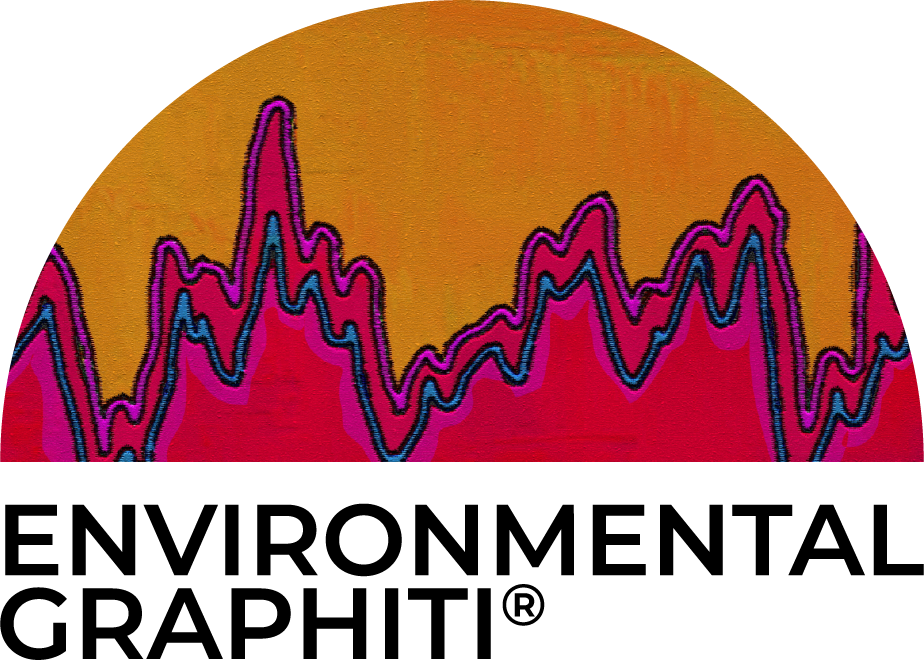Land Desertification and Degredation
The Art
The Science
Land and water use changes over the last half century due to increased production, demand and consumption of food as a result of a rising global population and greater per person caloric intake, combined with climate change induced increases in drought, have resulted in a dramatic increase land degradation and population areas exposed to desertification.
“Many activities for combating desertification can contribute to climate change adaptation with mitigationco-benefits, as well as to halting biodiversity loss with sustainable development and co-benefits to society…Avoiding, reducing and reversing desertification would enhance soil fertility, increase carbon storage in soils and biomass, while benefiting agricultural productivity and food security… Sustainable land management, including sustainable forest management, can prevent and reduce land degradation, maintain land productivity, and sometimes reverse the adverse impacts of climate change on land degradation…”
IPCC Special Report on Climate Change, Desertification, Land Degradation, Sustainable Land Management, Food Security, and Greenhouse gas fluxes in Territorial Ecosystems, Summary for Policy Makers, August 7, 2019
The art superimposes the three graphs into a single composition to illustrate the combined effect of the various factors indicated in the graphs.
